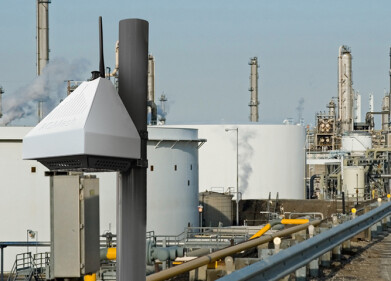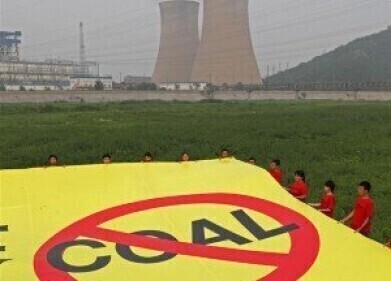Air Monitoring
Black Carbon vs CO2 - Which Is Worse?
Sep 19 2022
As environmental awareness has increased over the last few decades, scientists have long been warning of the need to curb our carbon emissions. However, this generally refers to carbon dioxide (CO2), which is a notorious greenhouse gas that heats the Earth’s atmosphere. Less attention has been paid to black carbon, another by-product of fossil fuel combustion that can have negative environmental impacts – until recently.
In the last ten years, scientists have become increasingly conscious that black carbon could have a much greater impact on global warming and climate change than previously thought. Indeed, the fact that it is comprised of particles and is therefore a solid (as opposed to a gas) make it even more effective at retaining atmospheric heat than CO2 in some respects. But which is worse?
Strong but short-lived
Black carbon is a principal component in soot. When it is emitted from diesel engine exhausts, coal or wood burning stoves, industrial incineration plants and forest fires, it hangs in the air. Its darkened colour means that it absorbs the heat from the sun’s rays rather than reflecting it, thus warming the air around it. Indeed, sophisticated sensing technologies have revealed that it’s actually one million times more effective at trapping UV heat than CO2 is.
On the face of things, then, black carbon is far worse for the environment than CO2. However, it’s also extremely short-lived by comparison; carbon dioxide can stick around in the atmosphere for hundreds or perhaps even thousands of years. By contrast, black carbon is normally washed away by precipitation within days or weeks. As such, its ability to retain ambient solar energy is measured at 1.1 watts per square, as opposed to 1.56 watts per square metre for CO2.
Other implications
Having said that, removing black carbon from the air doesn’t negate its negative properties altogether. On the contrary, it can be even more damaging after it settles on the Earth’s surface, especially if that happens to occur in more northerly regions of the planet. In the Arctic Circle, for example, black carbon can darken the surface of snow and ice.
While this may not sound like a serious consequence, it can significantly impact upon the surface’s albedo, which is a fancy term for how well it reflects sunlight. If this albedo is compromised even by a small amount, it can melt faster and freeze slower, leading to diminishing polar icecaps and rising sea levels. In this respect, black carbon can result in something of a vicious cycle in which the warming air fuels the destruction of the ice and vice versa.
The human factor
Meanwhile, environmental outcomes are just one factor in this equation. Black carbon’s impact upon human health must also be considered. Given that it is a principal ingredient in particulate matter (PM), and that PM is widely considered as one of the most damaging forms of air pollution to those exposed to it in unsafe concentrations, there is indeed a case to be made that black carbon is more damaging than CO2.
On the other hand, the substance’s relatively short half-life in the atmosphere means that greater gains can be witnessed almost immediately if its emissions are curbed, both in human and environmental terms. Therefore it must fall to policymakers to tighten restrictions on stove emissions, diesel engines and other chief sources of black carbon in order to safeguard the planet and the people upon it.
Digital Edition
IET 34.2 March 2024
March 2024
Gas Detection - Biogas batch fermentation system for laboratory use with automatic gas analysis in real time Water/Wastewater - Upcycling sensors for sustainable nature management - Prist...
View all digital editions
Events
Apr 17 2024 Guadalajara, Nexico
Apr 18 2024 Shanghai, China
Apr 22 2024 Hannover, Germany
Apr 22 2024 Marrakech, Morroco
Apr 23 2024 Kuala Lumpur, Malaysia
.jpg)

















